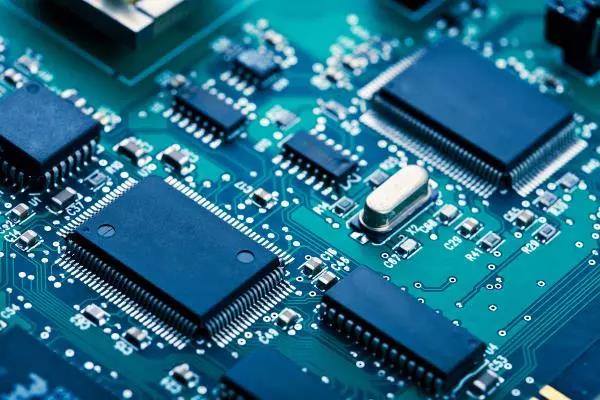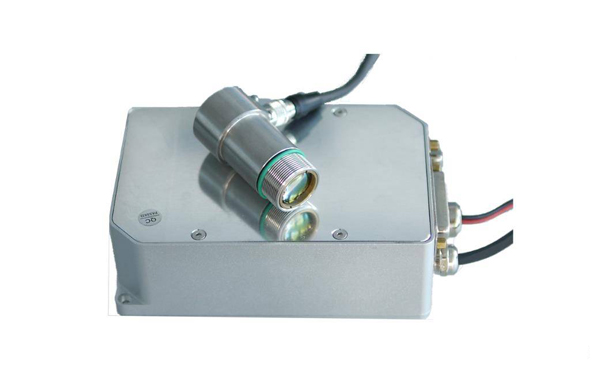Application of Laser Soldering in Electronic Circuit Welding
With the advancement of technology, electronic, electrical, and digital products have become increasingly sophisticated and popular worldwide. Virtually any component within these products may involve soldering processes, ranging from large PCB main components to small crystal oscillator elements, with most welding operations requiring temperatures below 300°C.
In modern electronics manufacturing, both chip-level packaging such as IC packaging and board-level assembly extensively utilize tin-based alloy filler metals for soldering to achieve device encapsulation and module assembly. For instance, in flip-chip technology, solder directly connects the chip to the substrate, while in electronic assembly, solder bonds components to circuit boards.
Common soldering techniques include wave soldering and reflow soldering. Wave soldering involves pumping molten solder to form a continuous wave that contacts the soldering surface of a PCB pre-populated with components to complete the joints. Reflow soldering requires solder paste or preforms to be deposited between PCB pads beforehand, and heating is then applied to melt the solder and establish the connections.

Schematic Diagram of Electronic Circuit
Laser soldering primarily employs a laser heat source to achieve the technological effects of connection, conduction and reinforcement through melting and solidification of solder filler materials. Based on the state of the solder material, the process can be classified into three main forms: solder wire feeding, solder paste application and solder ball placement.
Compared with traditional soldering processes, this method offers significant advantages including rapid heating speed, low heat input and minimal heat-affected zone; precise control of welding position; automated welding process; accurate control of solder quantity with excellent consistency of solder joints; substantial reduction of fume emissions affecting operators during soldering; non-contact heating; and suitability for welding complex structural components.
Challenges in Laser Soldering Technology Applications
While laser soldering can gradually replace traditional soldering methods (including wave soldering, reflow soldering, and manual iron soldering) for most soldering processes - even difficult SMT soldering (primarily reflow soldering) where high-speed laser reflow has achieved mature applications - the inherent characteristics of laser technology also introduce certain complexities to laser soldering processes. These challenges can be summarized as follows:
Precision micro-soldering presents difficulties in workpiece positioning and fixturing, making both prototyping and mass production challenging;
The lack of temperature control protection combined with laser's high energy density may cause workpiece damage. This is particularly problematic for PCB soldering, where improper substrate and metal embedded layer structures easily lead to board burning, resulting in high defect rates and unacceptable costs for customers;
The highly concentrated laser energy tends to cause solder paste splashing, which frequently leads to short circuits and product scrappage in PCB soldering;
For flexible wire materials, inconsistent fixturing and positioning result in significant variations in solder joint fullness and appearance;
Precision soldering often requires wire feeding for solder material supply, yet automatic feeding of solder wires with diameters below 0.4mm proves difficult.

Songsheng Photonics Online Infrared Thermometer System
The Songsheng Photonics online infrared thermometer system is designed for real-time temperature measurement at laser processing points. When connected to other laser devices via serial communication, it can continuously output corresponding signals for use by other systems. The system can be externally controlled through IO signals to execute commands and will output an IO signal upon completion of command execution.
Key Features:
Temperature measurement range: 100°C to 400°C
Minimum measurable target size: 0.25mm
Equipped with short-wavelength detectors
Fast response time (≥20μs) with strong anti-interference capability
Operates without cooling and withstands ambient temperatures up to 65°C
Capable of controlling laser output
Market Demand Overview of Laser Soldering Technology
Laser soldering has achieved varying degrees of development both domestically and internationally. Despite years of progress, it has yet to make significant breakthroughs or expand its application scope, which must be acknowledged as a weakness in welding applications.
However, market demands continue to evolve, showing not only vertical growth in quantity but also horizontal expansion across application fields, with soldering process requirements for electronic and digital product components remaining dominant.
The demand encompasses soldering process needs for components across various industries, including automotive electronics, optical components, acoustic devices, semiconductor cooling elements, security products, LED lighting, precision connectors, and disk storage components.
In terms of customer base, the demand primarily stems from soldering process requirements for Apple-related components, with its upstream supply chain also actively seeking laser soldering solutions. Overall, laser soldering is expected to experience remarkable explosive growth and substantial market expansion in both current and long-term future scenarios.
Amid the current global economic slowdown, Apple stands out with its dominant market position in digital electronics. Its massive global procurement volume has driven business growth for numerous enterprises, primarily electronic component manufacturers for whom soldering remains an indispensable production process.
Urgent Need for Breakthrough Process Solutions
Leading manufacturers like Apple's suppliers face challenging process issues when mass-producing cutting-edge designs, creating immediate needs for process improvement and refinement.
A representative example can be found in the storage component industry. Read-write
heads represent extremely precision-critical components with demanding process requirements. Their FPC (Flexible Printed Circuit) data cables, mounted on steel structures, require pre-tinning of microscopic arrayed contact points - a process that can only be performed under microscope observation with stringent quality requirements.
Traditional manual soldering demands highly skilled operators. The scarcity and turnover of qualified labor creates significant production uncertainties. Moreover, this method lacks quantifiable standards (relying entirely on subjective visual inspection rather than measurable parameters), creating an urgent need for new soldering technologies to overcome these technical barriers.
Process Upgrade and Scalability Requirements
Laser soldering enables quantifiable process parameters, improved yield rates, reduced costs, and standardized production operations.
With rising labor costs and a shortage of skilled workers in China's market, the demand for manual labor in traditional soldering is gradually shifting toward mechanized solutions. Laser soldering is poised to break through conventional techniques and lead the industry trend. Current customer prototyping experiences demonstrate that the widespread adoption of laser soldering is an inevitable development.
Contact: Mr.Xiao
Phone: +86-13385280662
E-mail: market001@whlaser.cn
Add: Room 02, Floor 5, Building 9, Gezhouba Sun City, No. 40, Gaoxin 4th Road, Donghu New Technology Development Zone, Wuhan